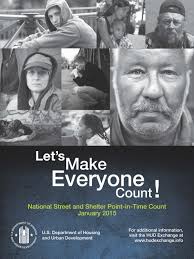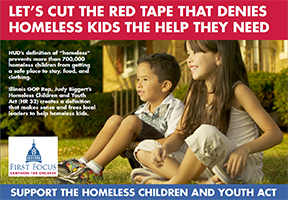By Jeremy Reynalds, Ph.D.
Founder and CEO
Joy Junction Inc.
 Local media are saying that almost a year after the city of Albuquerque did its 2015 homelessness study, the results show a downward shift in the homeless rate.
Local media are saying that almost a year after the city of Albuquerque did its 2015 homelessness study, the results show a downward shift in the homeless rate.
But not so fast! All this positivity is based on something called the Point in Time (PIT) Count. Overseen by the Dept. Of Housing and Urban Development (HUD), PIT is a count of sheltered and unsheltered homeless persons on a single night in January.
www.hudexchange.info/hdx/guides/pit-hic/
“We get concerned when people start reporting that homelessness is way down, when we don’t think that’s accurate. So I think the numbers take on an importance beyond what’s really justified,” said Jeremy Rosen, director of advocacy at the National Law Center on Homelessness & Poverty.
The same story by Al Jazeera America reported that advocates say HUD’s limitations start with how it defines homelessness. While the agency has a few programs that help those at risk of homelessness, the majority require that individuals fall into specific categories, namely living on the street, in temporary shelter or those about to be evicted.
There may be hope on the horizon. The Homeless Children and Youth Act, or HCYA, has been introduced in both houses of Congress
Backers say it would force HUD to align its definition with those used by federal programs for low-income families and vulnerable minors and reduce the requirements for proving homelessness. However, it has only a small chance of being enacted. 
Interestingly, the National Alliance to End Homelessness (NAEH) is opposed to the bill, saying in a blog post that “There are NO new resources attached to the bill, and the nation is already short a couple hundred million to effectively serve existing unsheltered families and unaccompanied children and youth.”
So if I am understanding this correctly, the NAEH wants to keep the current and totally inadequate definition of homelessness, because while changing it would “increase” the number of homeless, there would be no more resources available to assist all of those newly “discovered” homeless individuals.
That is the most ridiculous thing I have ever heard. A change would allow us to have a better understanding of how many homeless people there really are, and strip away those glowing government pronouncements about how well we are doing in the fight to “end” homelessness. Having gotten a real understanding of the real situation, couldn’t we then marshal resources to better meet the need?
I was intrigued that leaders in homeless advocacy said it will take more state and federal money to continue the work. Nothing was said about the private sector. That omission is curious. Non governmental support for the homeless is huge. Joy Junction, for example, receives no government funds.
And while it’s hard to estimate the dollar amount spent by private charities (admittedly some with government help)on the homeless, it’s a vast amount and a lot of help. To name just a few, there’s Catholic Charities, the 300 members of the Association of Gospel Rescue Missions and the Salvation Army which operates 7,546 centers in communities across the United States.
With our Joy Junction staff working daily with our many homeless guests, I wondered what they thought about the much vaunted “drop” in homelessness.
Joy Junction Case Manager Carl Valles was quite clear how he felt, saying “To state that homelessness is on the decease would be one of the most selfish statements I have yet to hear. One only has to look at the longer lines for public assistance agencies … and homeless camps springing up throughout America in lieu of shelters, and increased enrollment of homeless children in schools.
Joy Junction Shelter Manager Denis Billy said from his experience both here and working with the homeless in other states, that rather than being on the decrease, homelessness is on the increase.
Joy Junction Resident Services Supervisor Carol Nordhagen said all the talk about the number of homeless decreasing is due in part to “politically motivated objectives.”
She said that when news consumers often voters) see reports of lower homeless numbers, then they’ll quite possibly think the party in power is really working on solving homelessness.
And news reports, Nordhagen said, are quite often taken at face value. “John Q Public only has time to haphazardly listen to news reports, and is far too busy with his own survival in today’s economy. He rarely gives (the accuracy of) news reports a second thought.”
Nordhagen’s sentiment is true, but let’s remember that this isn’t usually a reporter’s fault. Our local media reporters are mostly generalists, often having to turn out two or more stories in a single broadcast day shift.
For the most part, they don’t have the time to question the accuracy or truth of a seemingly non-controversial report (especially from HUD), that says homeless numbers are on the downswing. They may not even be aware of the debate raging nationally about the validity of HUD’s PIT count
So when you see that statistics show the rate of homelessness is decreasing, take a look at who’s telling the story.
The real picture is far from being as positive as some people-for whatever reason-would like you to think.

